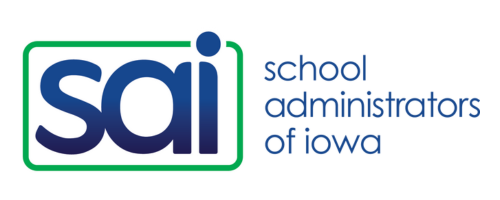Promoting Collective Efficacy
Engage in these practices to build collective efficacy among staff and increase student outcomes.
Albert Bandura first discussed the nature of self-efficacy in the early ‘70’s. He explained that self-efficacy is a confidence and belief in one’s own ability to succeed, to execute a plan or course of action to achieve one’s goals.
Collective efficacy is the shared belief that together we can succeed, that collaboratively, we can implement a course of action that will result in goal attainment. According to a metaanalysis by John Hattie, collective efficacy has an effect size of 1.01 — that means when teachers believe that together they can make a difference in students’ learning and achievement, student growth has been shown to increase by roughly 2-3 years in a single year!
So, focusing on practices that foster teacher collective efficacy is a high point of leverage for us as leaders. The following practices take center stage:
- Expect and support teacher goal-setting. Bandura’s research shows that setting and achieving goals fuels energy to take the next step toward the next goal. Experiencing success, especially small wins, builds confidence.
Questions to consider:- What does a PLC want to accomplish by the end of the school year?
- How will they know they are making progress toward that goal? What data will they collect along the way to May that will tell them whether they are on the right path?
- What feedback can you gather from students? (Engaging in learning walks where you gain insight about whether students are learning what is intended can be an indicator of progress toward your goals. Ask students, “What are you learning today?” or you might ask a question more specific to the learning target. (See this Edutopia article for more information)
- How will you celebrate their successes?
- Speak the same language about teaching and learning throughout the building. For example, do you have learning targets, objectives, or success criteria? What does quality instruction look like? What language clarifies your collaborative goals? Using the same terminology and having a shared vision for quality instruction fosters more efficient collaboration and has the added benefit of increasing teacher credibility, which also has a notable effect size. (see Edutopia article)
- Create opportunities for teachers to learn from those with expertise. Vicarious experiences build self-efficacy. When teachers see other teachers who are like them implementing a strategy they have yet to master or integrating an innovative practice, their belief in their own ability to do the same increases.
Questions to consider:- What strategy or practice would you like to see more of?
- Who is already implementing it with skill and impact (it may be a teacher outside of your building or district)?
- Who would benefit from seeing this teacher or teachers in action?
- How can you make that happen?
- Be a champion of your teacher teams. Affirm the collective effort of your PLCs, departments, or teams. Let them know that you know they’ve got this. Notice what’s going well and why. Pay attention to the results your teacher teams are getting, and celebrate them and their successes. Your belief in your teachers feeds their belief in themselves.
What’s your next littlest thing to grow a collective efficacy culture?
